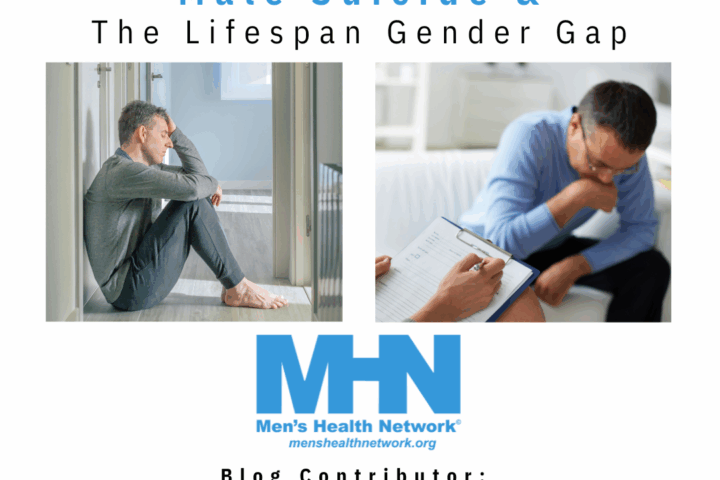This week’s deadly plane crash in Austin, Texas raises important questions regarding national security, anti-government violence, and aviation licensing. One could also make the argument that at the core of the tragedy are questions regarding failure in mental health management. As is frequently mentioned at TAMH, the ability for men to come to terms with personal health issues proves extremely difficult. Mental health is no exception, and in some ways is an even tougher condition to discuss, let alone seek treatment for.
No doubt the above incident is an extreme case, but it nevertheless can act as a learning experience of how best to deal with the demons that we all face. No one piece of the puzzle is to blame, as everything from self-assessment to family support to organizational therapy could have played a larger role. Though the attacker had a history of anti-government sentiments, he reveals in his suicide note that he would write about his disdains ‘as a form of therapy.’ Writing is a common tool for psychotherapy and should be encouraged, though in this case Mr. Stack’s anger management reached a breaking point stating that violence ‘is the only answer.’ With decades of simmering hatred, it is hard to fathom how those close to him could not have seen warning signs at some point. Numerous run-ins with tax officials and auditors could have also raised concerns.
This examination is not meant to highlight the failures that led to the tragedy, but rather raise awareness of the very real sensations that we face every day. No matter the antagonists in our life, it is important to be able to cope with our reactions through personal processes, healthy support from our loved ones, and if needed professional expertise. This is especially relevant during tough economic times. How can I better manage my own trepidations? Would I be able to ask for help if I needed it? How can I act a source of support for a troubled loved one? What other ‘checkpoints’ can be utilized to give people opportunities to work out their thoughts in healthy ways; occupational health systems, government points of contact, or other social services? How does the equilibrium of incarceration versus rehabilitation come into play? To break the social norm of men’s emotional internalization, we must be able to have more thoughtful discussions regarding questions such as these.



